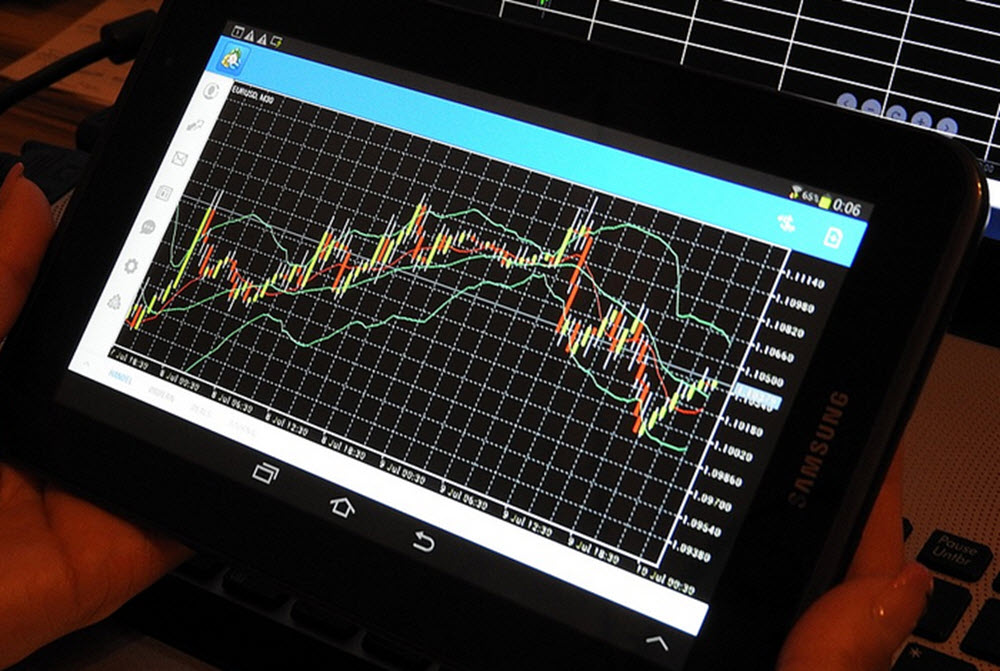Swing trading is a popular trading strategy that aims to profit from short to medium-term price movements in the financial markets. In this guide, we’ll delve into the basics of swing trading, its benefits and risks, and essential tips to help you get started.
Understanding Swing Trading
Swing trading is a style of trading that seeks to capture gains in financial instruments such as stocks, forex, commodities, and indices over a period of several days to several weeks. Unlike day trading, which focuses on intraday price fluctuations, swing traders hold positions for a longer time, capitalizing on the natural price swings or market cycles.

The Benefits and Risks of Swing Trading
Before diving into swing trading, it’s crucial to understand the benefits and risks associated with this trading style.
Benefits of Swing Trading
- Flexibility: Swing trading is suitable for part-time traders, as it doesn’t require constant monitoring of the markets during trading hours.
- Profit Potential: Swing traders can capitalize on larger price moves compared to day traders, potentially resulting in more significant gains.
- Diverse Opportunities: Swing trading is applicable to various financial markets, including stocks, forex, commodities, and indices, providing numerous trading opportunities.
Risks of Swing Trading
- Overnight Risk: Holding positions for days or weeks exposes swing traders to the risk of adverse price movements that can occur outside regular trading hours.
- Slower Profits: Compared to day trading, swing trading may result in slower profit realization, as trades are held for longer periods.
- Higher Capital Requirements: Swing trading typically requires more significant capital compared to day trading, as traders need to account for potential price fluctuations over a longer time frame.
Essential Tips for Successful Swing Trading
Here are some vital tips to help you succeed in swing trading:
Develop a Trading Plan
A well-thought-out trading plan is the foundation of successful swing trading. Your plan should outline your goals, risk tolerance, trading capital, and the specific instruments you’ll trade. It should also include detailed entry and exit criteria, stop-loss and take-profit levels, and position sizing rules.
Choose the Right Financial Instruments
The choice of financial instruments is crucial for swing trading success. Look for instruments with high liquidity and moderate volatility to capture meaningful price swings without excessive risk. Analyze historical price patterns to identify instruments that exhibit regular price cycles suitable for swing trading.
Master Technical Analysis
Swing trading heavily relies on technical analysis to identify potential entry and exit points. Familiarize yourself with essential technical analysis tools, such as trendlines, support and resistance levels, moving averages, and technical indicators like the Relative Strength Index (RSI) and Moving Average Convergence Divergence (MACD).
Incorporate Fundamental Analysis
While technical analysis plays a significant role in swing trading, incorporating fundamental analysis can provide a more comprehensive market view. Stay informed about market news, economic indicators, and earnings reports, as these factors can influence price movements and help you make better-informed trading decisions.
Manage Risk Effectively
Effective risk management is crucial for long-term success in swing trading. Determine your risk tolerance and never risk more than a small percentage of your trading capital on a single trade. Utilize stop-loss orders to protect your trades from adverse price movements and avoid emotional decision-making.
Develop a Disciplined Mindset
Swing trading success requires discipline and patience. Stick to your trading plan, adhere to your risk management rules, and avoid overtrading or deviating from your strategy based on emotions or short-term market noise. A disciplined mindset will help you navigate the markets more effectively and improve your trading performance.
Continuously Evaluate and Improve Your Strategy
No trading strategy is perfect, and market conditions can change over time. Regularly review your trading performance and analyze your winning and losing trades to identify areas for improvement. Adapt your strategy to evolving market conditions and continuously refine your trading skills.
This article was last updated on: March 29, 2023
